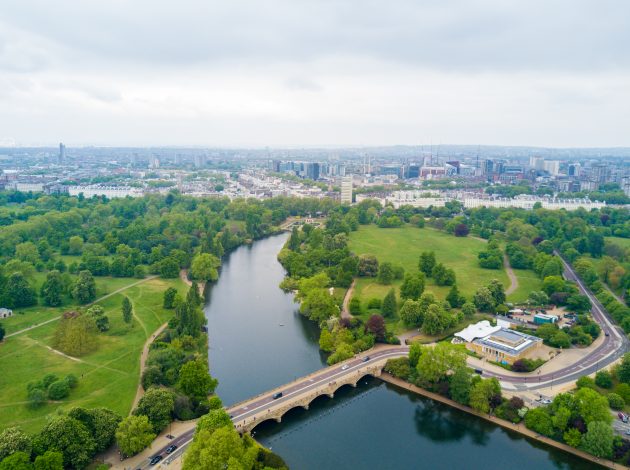Missing capitals – How ONS measures the value of our environment

Traditional methods of measuring the economy tend to exclude the value of some of our most important assets. At the Office for National Statistics we have been working to develop measures of these so-called ‘missing capitals’. Top of that list is the thing that sustains all activity on our planet; the natural environment. Dr Adam Dutton explains how the ONS is part of a growing international movement that is seeking to find the economic value of our “Natural Capital”.
The environment includes every aspect of the system that supports life on earth. That might mean anything from localised air pollution to global climate change.
Our natural capital estimates seek to value the natural world in terms of its impacts on people including health, carbon removal and tourism. But as well as valuing the ‘stock’ of our natural capital these figures reflect the costs of environmental degradation and the investment needed to undo any damage.
To do this we start with a long list of all the benefits we get from our environment from producing food to being an area for children to make dens. Once we have the list of human impacts we link them to environmental changes, such as how much air pollution is removed by vegetation and then factor in the health benefits. To calculate this we need detailed information on the natural world in the UK and its condition, along with scientific information on the links between various elements.
These data give us the information we need to produce ‘physical accounts’. Only then do we move on to the potentially more controversial aspect of assigning a monetary value to those habitats and their impacts on us.
We can estimate how much we spend on taking our children to make dens in the woods or how much money the NHS saves in health costs as air pollution is reduced. We can monitor change in the condition of our environment that could help evaluate the value of investments or influence priorities.
We try to pull all these different impacts together into an overall score of how we are doing. Over time we can look to see if, overall, we are shifting towards a system that fosters and grows our natural world’s ability to support us or not.
The work on natural capital has helped to bring together geologists and climatologists with hydrologists, ecologists, economists and more to develop and speak a common language. But, perhaps more importantly, natural capital estimates do something else; they show us where we are now, changing as we get new information and letting us know if our actions in one area are actually damaging another.
Decisions on where to invest resources are often dominated by their financial impacts. When nature has no price then, when taking a financial driven decision, it may be ignored – being able to value nature is important for better decisions.
Today we have produced figures on the value of nature in urban areas. Our urban accounts look at how the local parks, rivers and lakes affect your house prices. We estimate how much cooler our cities were during heatwaves thanks to natural spaces and how much air pollution is removed by vegetation.
Natural Capital is not and should never be the only measure of environmental progress but in a complicated and uncertain world it is a valuable guide. We can’t yet argue that our natural capital data present a full estimate of the worth of nature but it does remind decision makers to think about it when taking important decisions.

Dr Adam Dutton is Head of Natural Capital at the ONS